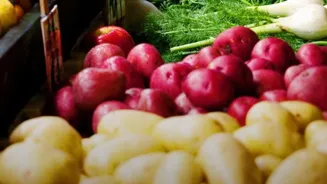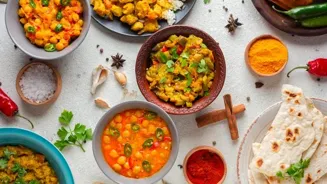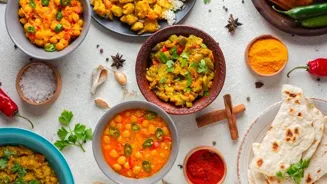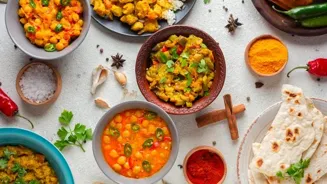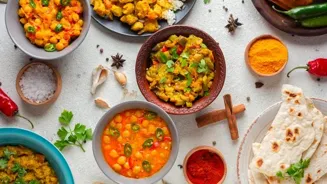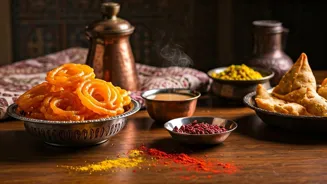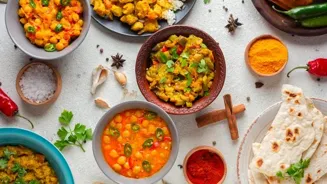India's culinary revolution: Farm-to-table movement celebrates local flavors. Explore these 8 regional heroes for a taste of authenticity!
In the bustling culinary landscape of India, a quiet revolution
is brewing. It's a movement that celebrates the simple joy of eating fresh, seasonal, and locally sourced food.
Forget exotic imports and fancy ingredients; the real treasures are often found right in our own backyards, or at the nearest farmer's market.
Embracing local ingredients isn't just a trend; it's a way to support our farmers, reduce our carbon footprint, and rediscover the incredible diversity of flavors that India has to offer.
So, ditch the supermarket aisles and get ready to explore these eight local heroes that deserve a place in your kitchen!
Moringa (Drumstick): A Nutritional Powerhouse
Moringa, fondly known as drumstick in many parts of India, is a true gift from nature. This humble tree, often found growing in home gardens, boasts leaves, pods, and even seeds that are packed with nutrients. Think of it as a superfood, but without the hefty price tag!
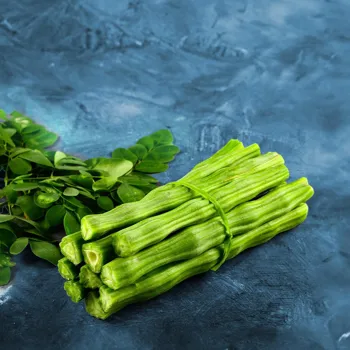
The leaves are a fantastic source of vitamins, minerals, and antioxidants. Toss them into your dals, stir-fries, or even blend them into a rejuvenating smoothie. The drumsticks themselves are a culinary delight, adding a unique flavor and texture to sambar, curries, and vegetable stews.
Don't throw away the seeds either! They can be roasted and eaten as a nutritious snack, or even ground into a powder for added flavor and health benefits. By incorporating moringa into your diet, you're not only treating your taste buds but also boosting your overall well-being.
Plus it’s easily accessible in many local markets! So, next time you spot a drumstick tree, remember the wealth of goodness it holds.
Amaranth (Rajgira): The Ancient Grain Reimagined
Amaranth, or rajgira as it’s commonly known, is an ancient grain that's making a well-deserved comeback. Once a staple food in ancient civilizations, amaranth is now being recognized for its exceptional nutritional value and versatility in the kitchen.
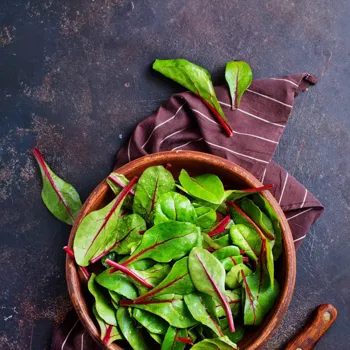
Unlike many other grains, amaranth is a complete protein, meaning it contains all nine essential amino acids that our bodies need. It's also a good source of fiber, iron, and magnesium. You can use amaranth flour to make delicious rotis, parathas, or even pancakes.
The grain itself can be cooked like rice or quinoa and used in salads, soups, or as a side dish. Popped amaranth is a delightful snack, and you can even use it as a topping for desserts or yogurt.
With its nutty flavor and numerous health benefits, amaranth is a grain that deserves a prominent place in your pantry. It's a great alternative to wheat for those with gluten sensitivities and a fantastic way to add variety to your meals.
Millets: The Grains of the Future
Millets are a group of small-seeded grains that have been cultivated in India for centuries. These resilient crops are incredibly drought-resistant and can thrive in poor soil conditions, making them a sustainable choice for our planet. But their benefits don't stop there!
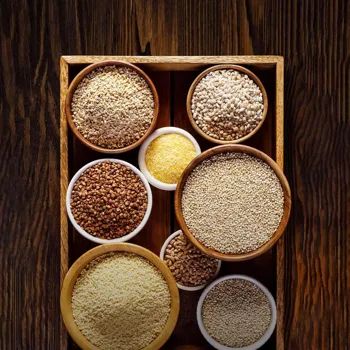
Millets are also incredibly nutritious, packed with fiber, minerals, and antioxidants. From ragi (finger millet) and jowar (sorghum) to bajra (pearl millet) and foxtail millet, there's a millet for every taste and culinary preference. Use millet flour to make rotis, dosas, or idlis.
Cook the grains whole and use them in salads, upma, or khichdi. Millets are naturally gluten-free, making them a great option for those with dietary restrictions. By choosing millets, you're not only supporting sustainable agriculture but also adding a healthy and delicious grain to your diet.
So, explore the world of millets and discover the incredible diversity they have to offer.
Jackfruit: The Versatile Veggie
Jackfruit, that behemoth of a fruit, is more than just its impressive size. In its unripe form, jackfruit is a culinary chameleon, perfectly mimicking the texture of meat. This makes it a fantastic vegetarian alternative for dishes like burgers, tacos, and even "pulled pork.
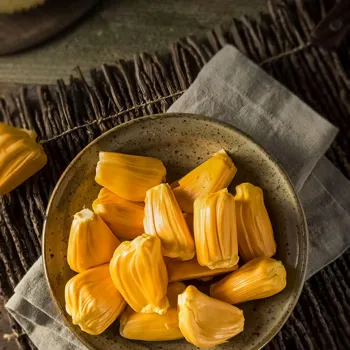
" But jackfruit is more than just a meat substitute. It's also a good source of fiber, vitamins, and minerals. When ripe, jackfruit transforms into a sweet and fragrant fruit that can be eaten fresh, used in desserts, or even made into jams and preserves.
Its unique flavor and versatility make it a favorite in many Indian kitchens. Whether you're a vegetarian looking for a meaty alternative or simply curious to explore new flavors, jackfruit is a must-try ingredient. It's a sustainable and nutritious choice that's sure to impress your taste buds.
So, embrace the jackfruit and all its culinary possibilities!
Indian Gooseberry (Amla): The Vitamin C Champion
Amla, or the Indian gooseberry, is a tiny fruit with a big reputation. It's renowned for its incredibly high concentration of Vitamin C, making it a powerful immune booster. Amla has a tart and slightly bitter taste, but its health benefits are undeniable.
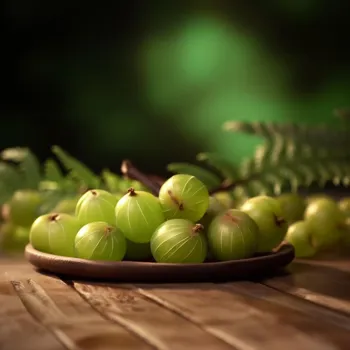
You can eat amla fresh, pickled, or candied. It's also a popular ingredient in chutneys, jams, and murabba. Amla juice is a refreshing and healthy drink, and amla powder can be added to smoothies or used as a natural remedy.
Beyond its Vitamin C content, amla is also rich in antioxidants and has been used in traditional Ayurvedic medicine for centuries. Incorporating amla into your diet is a simple and effective way to boost your immunity and promote overall well-being.
So, embrace the sourness and reap the numerous health benefits of this amazing fruit.
Plantain (Raw Banana): More Than Just a Fruit
Don't mistake plantain for your regular sweet banana. This starchy cousin is a culinary star in its own right, especially when used in its green, unripe form. Plantains are a staple in many South Indian dishes, adding a satisfying heartiness and subtle sweetness.
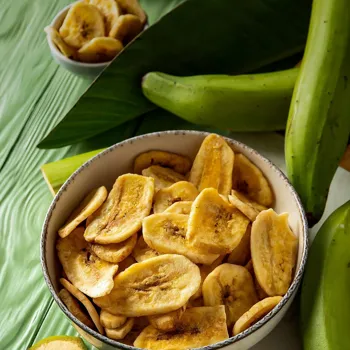
Think of crispy plantain chips, savory curries, or even boiled and mashed plantains as a healthy alternative to potatoes. Plantains are a good source of fiber, potassium, and vitamins. They're also incredibly versatile. You can fry them, bake them, grill them, or boil them.
The possibilities are endless! When ripe, plantains become sweeter and can be used in desserts or eaten as a snack. So, don't underestimate the power of the plantain. It's a nutritious and delicious ingredient that deserves a place in your kitchen.
Sesame Seeds (Til): Tiny Seeds, Mighty Flavor
Sesame seeds, or til as they're commonly known, are tiny but mighty ingredients that add a nutty flavor and satisfying crunch to a variety of dishes. These ancient seeds have been cultivated in India for centuries and are a staple in many regional cuisines.
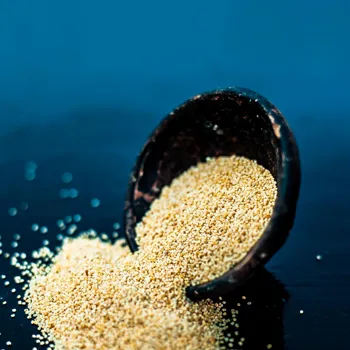
Sprinkle them on top of your stir-fries, salads, or breads. Use them to make delicious til ladoos or chikkis. Sesame oil is a flavorful and healthy cooking oil. Sesame seeds are also a good source of calcium, iron, and fiber.
They come in a variety of colors, from white and black to brown and red, each with its own unique flavor profile. By incorporating sesame seeds into your diet, you're not only adding flavor but also reaping the numerous health benefits of these tiny treasures.
Coconut: The Tropical Treasure
From the refreshing water to the creamy flesh, coconut is a true gift from the tropics. This versatile ingredient is a staple in South Indian and coastal cuisines, adding a rich flavor and creamy texture to a variety of dishes. Use coconut milk to make curries, stews, and desserts.
Grated coconut is a delicious topping for salads, stir-fries, and sweets. Coconut oil is a healthy and flavorful cooking oil. Coconut water is a refreshing and hydrating drink. Beyond its culinary uses, coconut is also a good source of fiber, healthy fats, and minerals.
It's a versatile and nutritious ingredient that deserves a place in every kitchen. So, embrace the tropical flavors of coconut and discover the endless possibilities it has to offer.
These eight local ingredients are just a starting point.
India is a treasure trove of culinary delights, and there's always something new to discover. So, explore your local markets, talk to your farmers, and embrace the flavors of your region.
By cooking with local ingredients, you're not only supporting your community but also nourishing your body and soul. Happy cooking!
Paragraph 1:
India's culinary world is shifting towards fresh, local fare. Ditch imports; discover flavors in your backyard.
Farm-to-table supports farmers, cuts emissions, and unveils India's diverse tastes. Try these eight local gems!
Paragraph 2:
Moringa, or drumstick, is a nutritional star with leaves, pods, seeds packed with goodness. Leaves for dals/smoothies, pods for sambar.
Boost wellbeing with this local, accessible superfood.
Paragraph 3:
Amaranth, an ancient grain, is making a comeback with high protein, fiber, and mineral benefits. Use it for rotis, salads, and pop it!
Paragraph 4:
Millets are sustainable, nutritious grains with fiber, minerals, and antioxidants.
Use ragi, jowar differently for healthy gluten-free meals!
Paragraph 5:
Jackfruit is one fruit that resembles non vegeterian protein. However, it has nutritional value in it's fresh fruit form.
Paragraph 6:
Amla, the Indian gooseberry, is rich in Vitamin C that boosts immunity.
There are many dishes made that are good in health which includes amla.
AI Generated Content. Glance/InMobi shall have no liability for the content